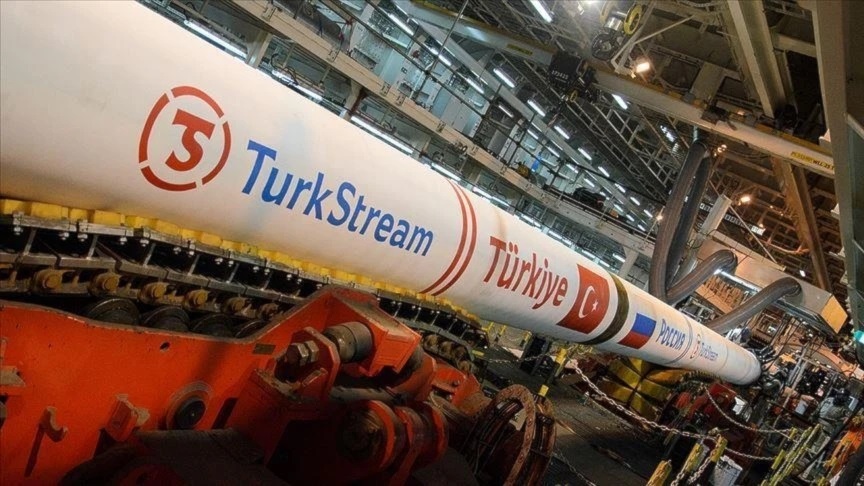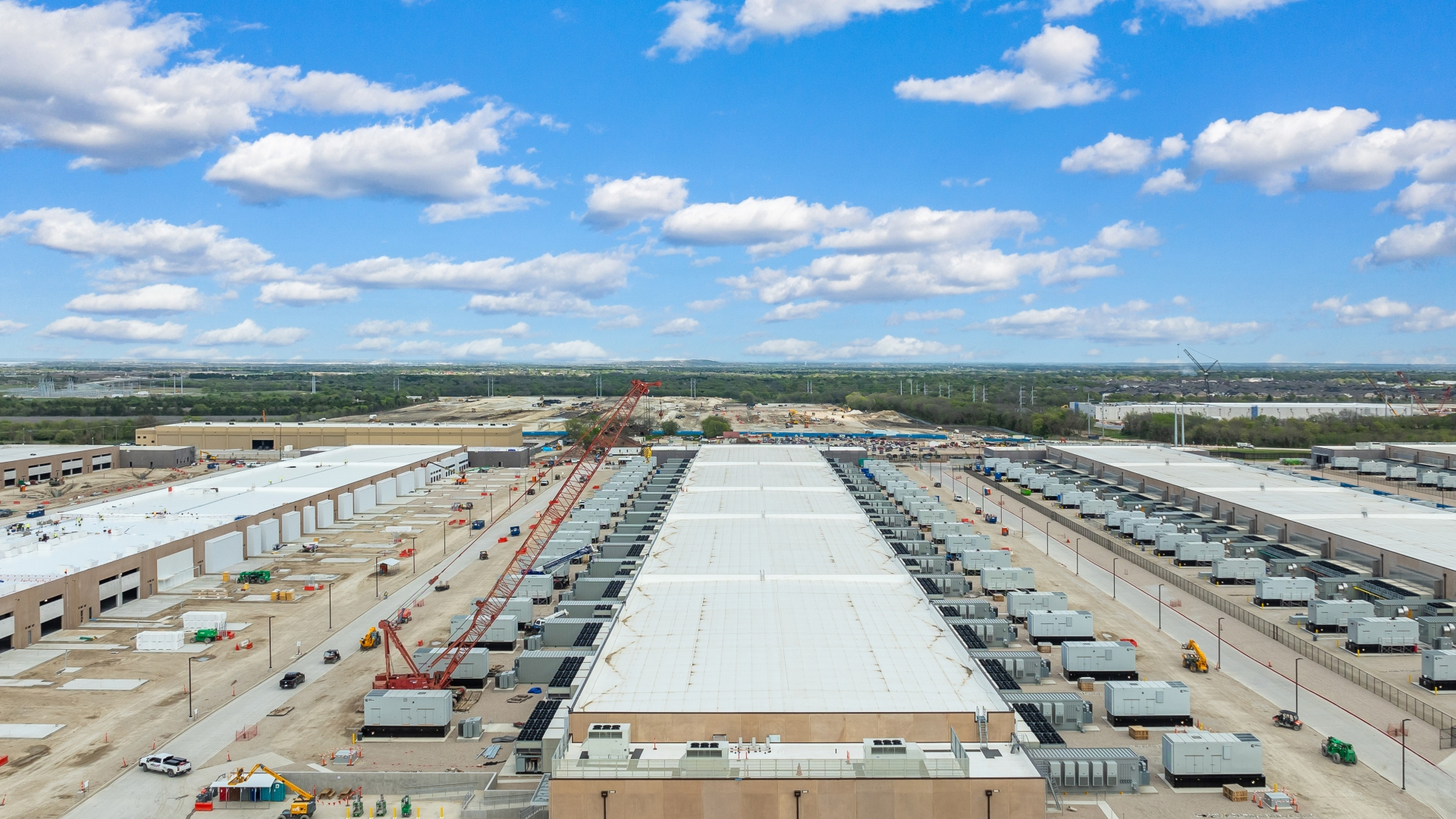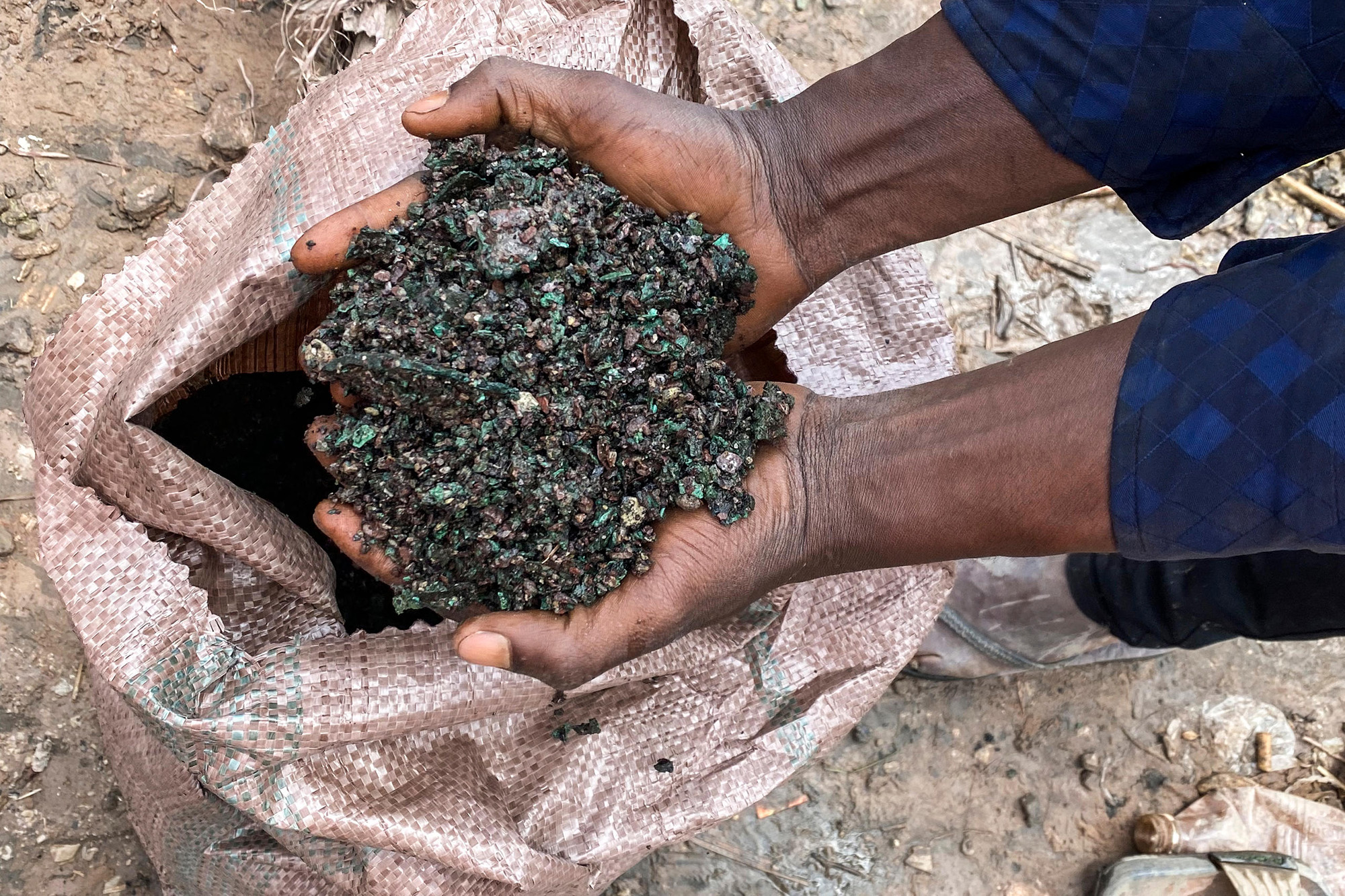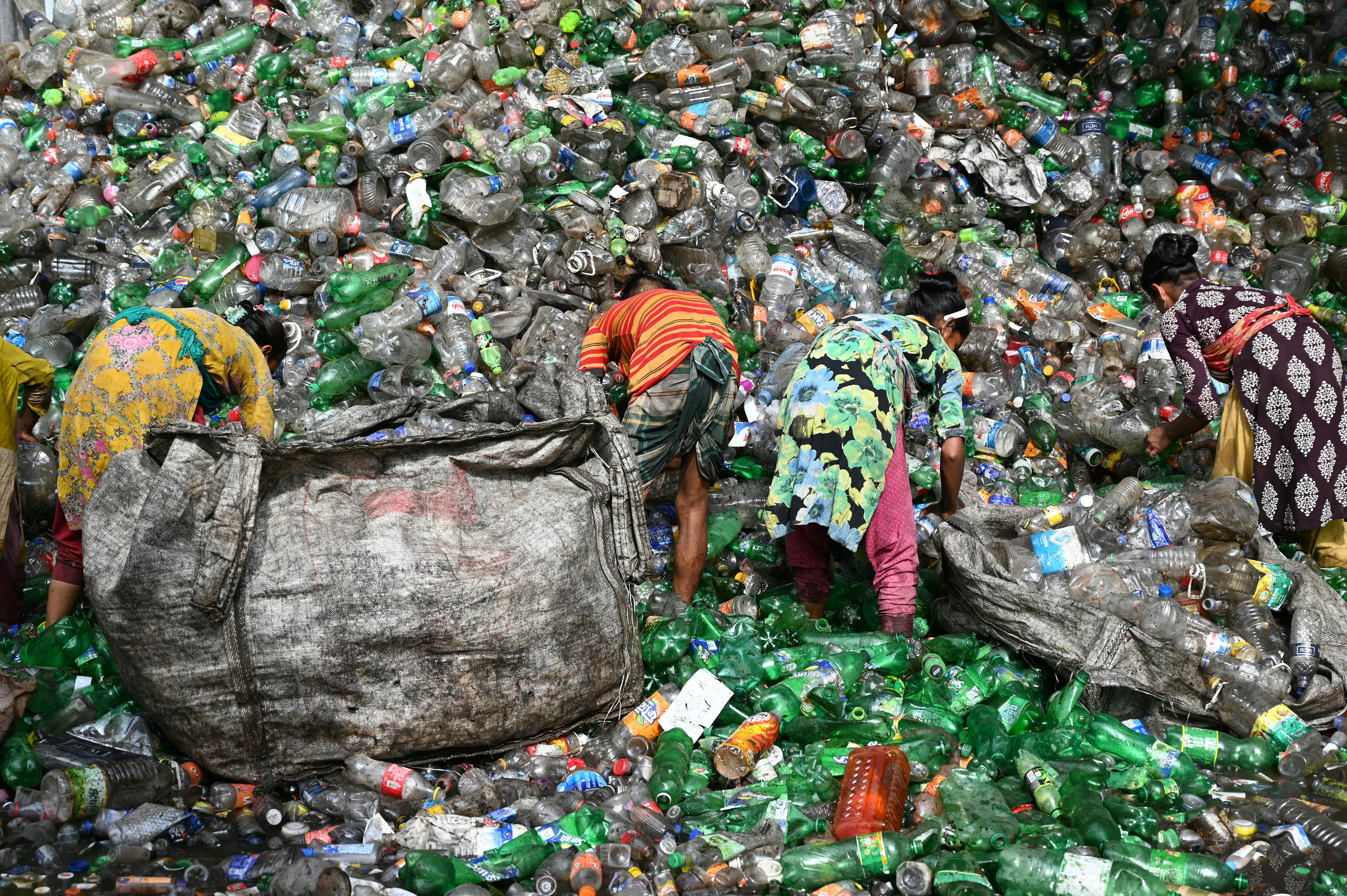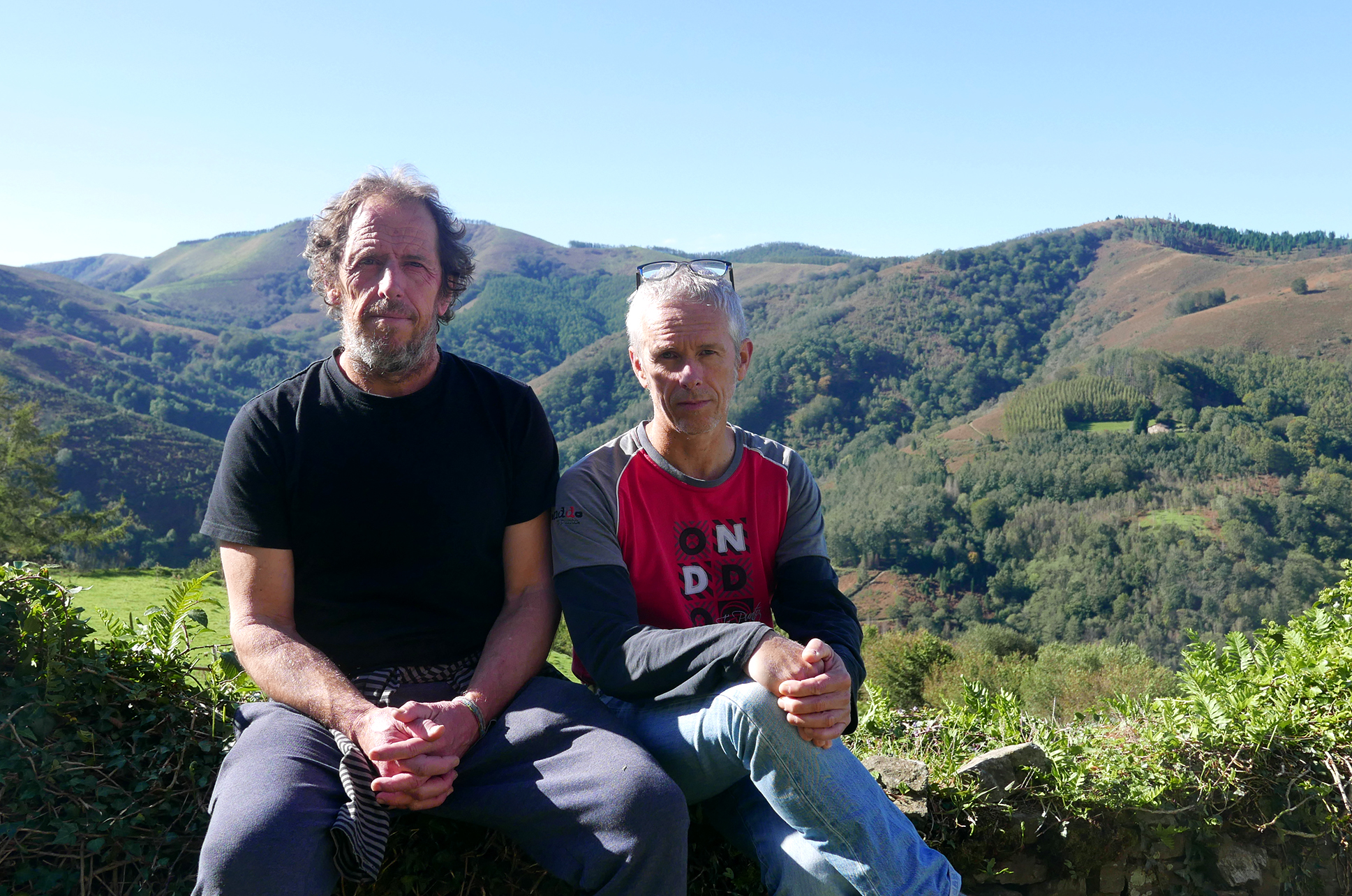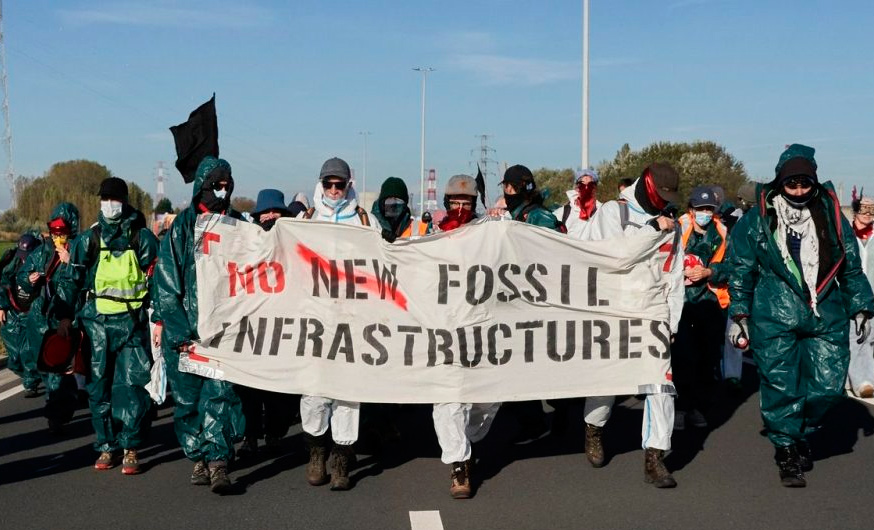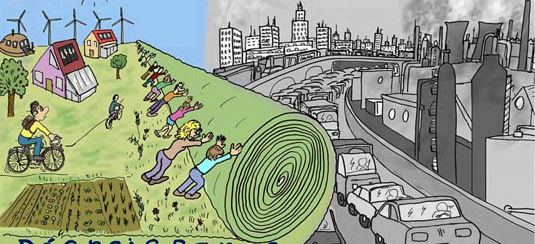A novice trip to Sri Lanka or a future without fossil fuels
- It's hard to imagine the strange and unknown world that will be the depletion of fossil fuels. But today we can see some signs in the countries known as the Global South, because as always the poorest will get worse. Since last year, Sri Lanka has become the mirror of the energy crisis.
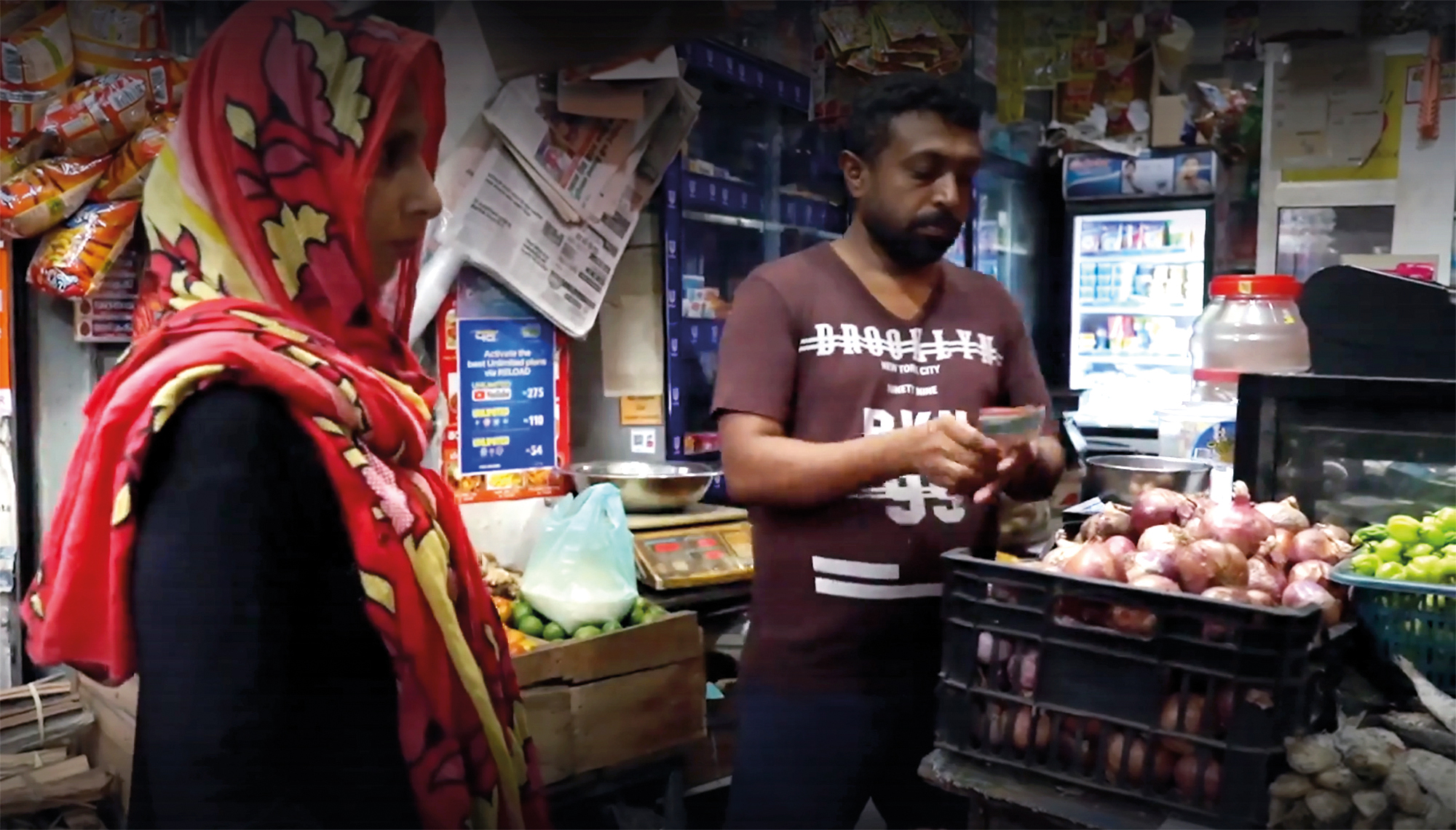
Buying a tourist package at the travel agency in the neighboring street and going to an exotic country in Southeast Asia has become something to do once in life for many middle-class Europeans. If it is not at the end of the studies, you can go on a single trip with the couple and otherwise with the crew at the age of forty. Iberia or Qatar Airways take you while diesel hangs through the back hole. But diesel is what we increasingly lack, and that is well known in Sri Lanka, used to receiving tourists in recent years.
About a year ago, when in May 2022, a newly married couple, who seems to be near San Sebastian, came to that country on a novice journey, couldn't believe what was happening, one of them told it on Twitter. It is not a very conventional source and the reader can or may not rely on what our anonymous narrator says textually. But if the dystopian reality found in Sri Lanka is that hair can stand up: “I have only 47 fans (I love you a lot), and I know that I will not have much impact, but I want to share with you this situation with Sri Lanka, because right now I am in that holiday country.” Contrary to what he believed, his messages quickly spread on social media.
The Government has had to ask the International Monetary Fund, $3 billion, to save the state company Ceylon Petroleum Corporation (CPC)
One of those who talked about the bird of the astonished tourist was the physicist and researcher Antonio Turiel. He put us behind the Sri Lankan trail in the interview we did two weeks ago at ARGIA. According to Turiel, energy is a “great recession” and in the coming decades we will have to reduce consumption by 80%: “This is already happening because distribution is not homogeneous, as in Sri Lanka they are noticing much more,” says the physicist. Here too, as in most other things, there are differences between poor and rich countries.
Colony of the British Empire until 1948, this island, located at the end of the Indian subcontinent, is known for the struggle carried by the people of Tamil in recent decades. More recently, Sri Lanka jumped to the world’s major media on 9 July 2022, when thousands of citizens raided the president’s seat in the capital Colombo. Three days later, President Gotabaya Rajapaksa fled with the Maldives aircraft.
For years, the Rajapaksa family had established the “oligarchic regime” in Sri Lanka. The flowers expelled by Friends of the Earth Network activist Hemantha Withanage on this institution’s website are not of any kind: nepotism, corruption, abuse of power, theft of public money… Those are the legacies that the Rajapsars give to their people.
The country had been in an untenable situation for months. As a result of the suffocating pre-pandemic indebtedness, the price of imported fuel increased enormously, more so when the Ukrainian war broke out, and the decision of the authorities to print billions of breakdowns, their currency, triggered the explosion of inflation.
“Sri Lanka’s experience is an important subject: that neoliberal policies can lead any country to crisis,” says Withanag in his article. The Government has had to ask the International Monetary Fund (IMF) – $3 billion – to rescue the state-owned company Ceylon Petroleum Corporation (CPC), which is currently sold to investment funds such as BlackRock. For many Sri Lanka it is the first victim of the energy crisis that brings us the end of fossil fuels and the mirror of the future.
Three families, one refrigerator
But let’s go back to the May 2022 dream wedding: “Here’s a video where people are queuing… for what? Filling of the fuel tank. At the moment they have a limit of 15 liters per person at the gas station.” This rationing was imposed by Rajapaksa when gasoline shortages began.
But the lack of fuel put everything upside down, not just mobility: “Most of the country’s power plants work with fossil fuels, and because they don’t have money to buy it, people are suffering 12-hour power outages,” our barber said. To continue reading their messages is like going into that dark future that we do not want to see: “Today the government has updated the price of fuel and now it is worth 400 rupees, 30% more than yesterday”, “Two military have put in all gas stations”, “We can pay some fruits because we have euros, the locals do not miss their heads”…
Last week the government has signed an agreement with China’s giant oil company Sinopec, in which many of the state-owned suppliers owned by the public company CPC will be available for twenty years in exchange for fuel financing.
This is not the only decision taken. The Committee on Atomic Energy has given its approval to the construction of the first nuclear power plant, with “technical assistance from Russia”, as can be read on the website of the Sri Lankan Parliament. In the same news it is said that Saudi Arabia is interested in Sri Lanka’s coconut fiber, in the fertilizer of 10 billion trees that it wants to plant in the desert… “We can get a lot of currency,” said a Member of Parliament. As Emeterio Arrese wrote, aren’t you looking for the bag money left by Iparragirre?
The energy crisis is another link in a deeper wound, as capitalism often associates problems. That has happened in Sri Lanka. In 2021, the government announced a surprising measure: it banned chemical fertilizers. To save. But lands that were previously doped with chemistry hardly yielded organically grown crops and hunger has spread throughout the country. They have now regressed, but fertilisers have become enormously burdened by the energy crisis.
The Sri Lankan art television channel: les affamés de la crise ("Sri Lanka: the breakfasts of the crisis") broadcast in February, also subtitled in Spanish, from the hand of journalist Arnaud Guiguitant. Nazima is one of the protagonists, the mother of the Colombo neighbourhood of Maradana: "Life is hard in Sri Lanka. I'm worried about my kids, it looks like everything's going to get worse and I don't know if we're going to resist." He and his children have had to share their house and refrigerator with two other families. Perhaps the future is today divided into three parts.
The Centre Tricontinental has described the historical resistance of the Congolese in the dossier The Congolese Fight for Their Own Wealth (the Congolese people struggle for their wealth) (July 2024, No. 77). During the colonialism, the panic among the peasants by the Force... [+]
The update of the Navarra Energy Plan goes unnoticed. The Government of Navarre made this public and, at the end of the period for the submission of claims, no government official has explained to us what their proposals are to the citizens.
The reading of the documentation... [+]
Environmental activist Mikel Álvarez has produced an exhaustive critical report on the wind macro-power plants that Repsol and Endesa intend to build in the vicinity of Arano and Hernani of the region. In his opinion, this is "the largest infrastructure of this kind that is... [+]
Recently we have had other arguments to convince us of the need for macro-projects in the surroundings of Euskal Herria. An example of this was the article published on the website of the EHNE of Bizkaia to one of the participants of the Ecosocial Jump initiative: "For... [+]
On 3 September the Official Bulletin of Navarre published the announcement by the Government of Navarre announcing the update of the Navarre Energy Plan. This should be an important step for the future of our community, taking into account the importance of energy and its use... [+]











